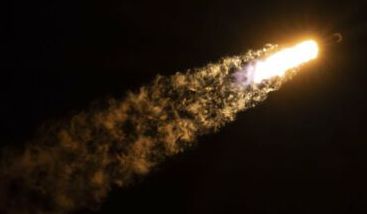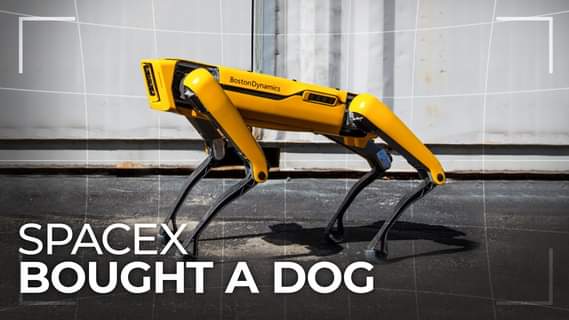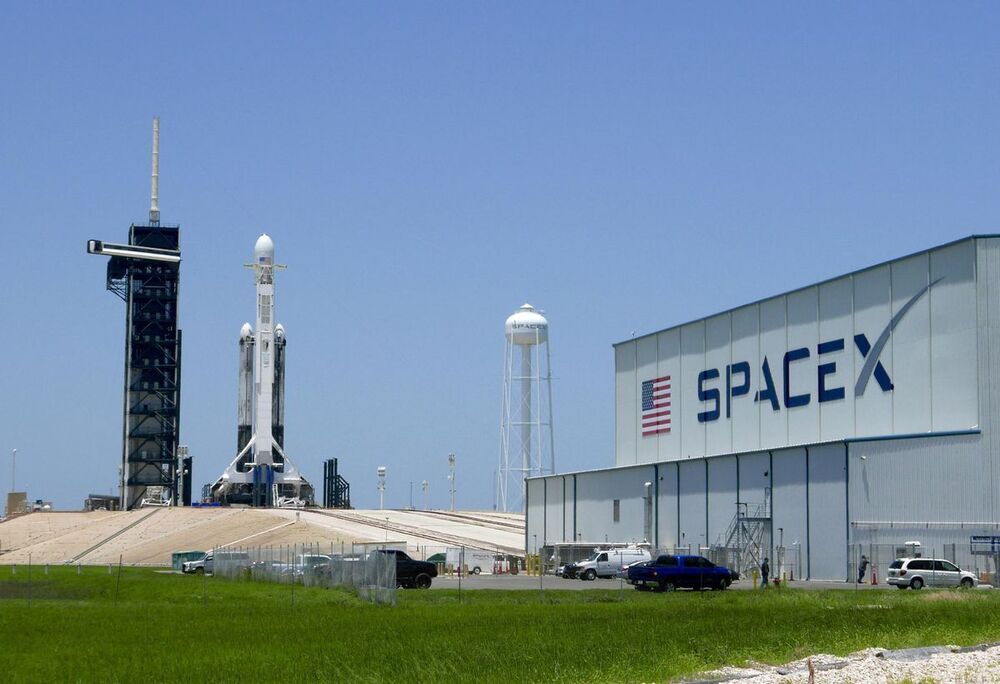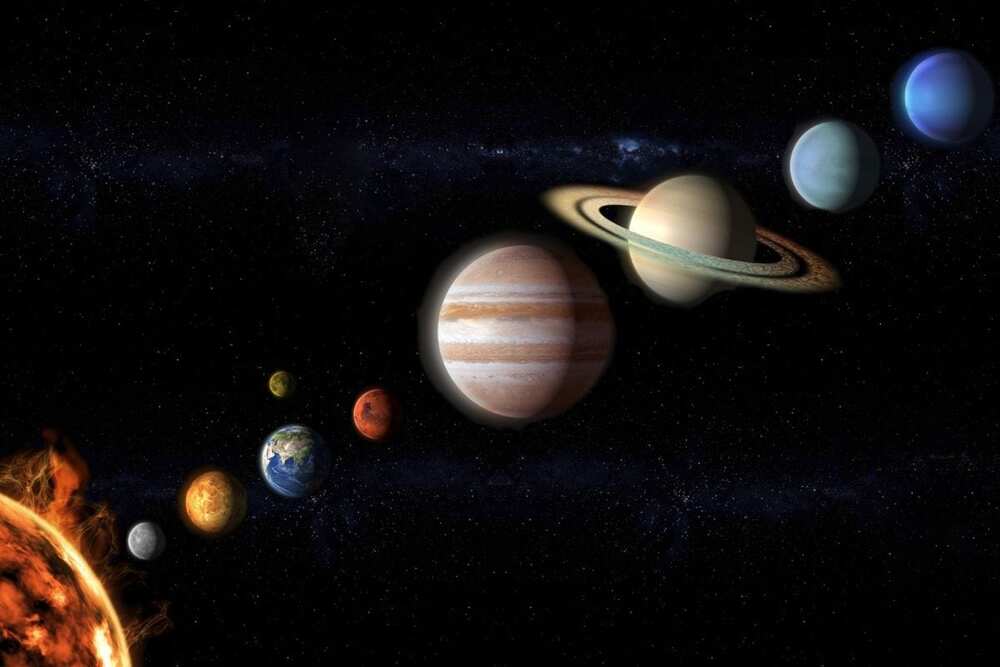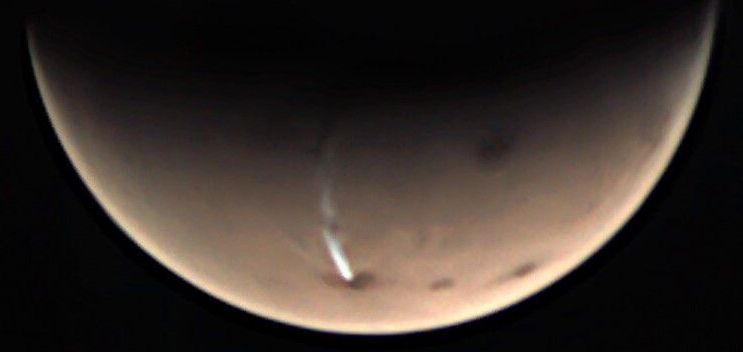“For those that know rockets, this is a ridiculously hard thing.”
As this is the first Falcon 9 rocket to launch nine missions, it raises the prospect of a first stage making a tenth flight in the near future, probably within a month or two. Reaching ten flights would accomplish one of the main goals set by SpaceX with the Falcon 9 rocket, after optimizing the vehicle for reuse about three years ago.
The company debuted its “Block 5” version of the Falcon 9 rocket in May 2018, and since then this vehicle has flown 55 missions, all of which have successfully delivered their payloads to orbit. More importantly, the changes SpaceX engineers incorporated into this new rocket to ensure its robustness for reuse, such as strengthening its “Octaweb” engine bay, have largely been validated.
“For those that know rockets, this is a ridiculously hard thing,” SpaceX founder Elon Musk said during a teleconference with reporters in 2018 to discuss the Block 5 upgrades. “It has taken us since, man, since 2002. Sixteen years of extreme effort and many, many iterations, and thousands of small but important development changes to get to where we think this is even possible.” He paused for a second, and then added, “Crazy hard.”
